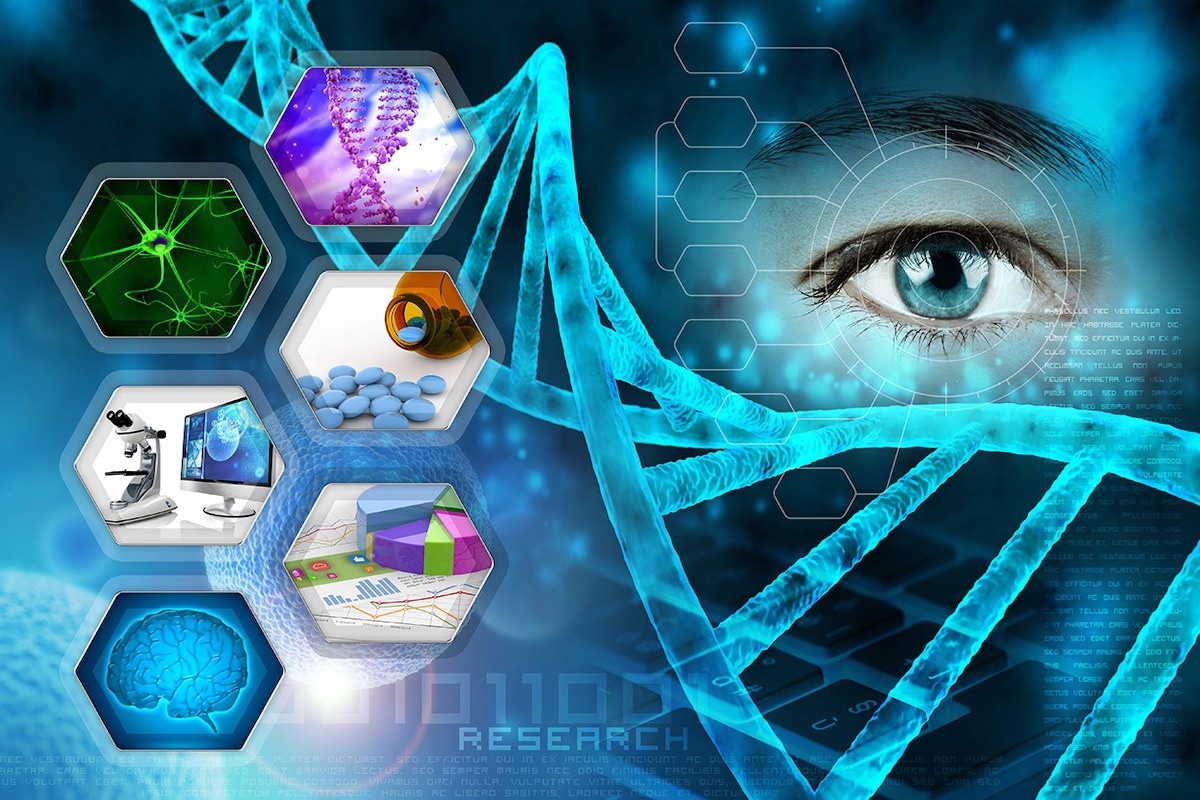Life-saving drugs take decades and billions of dollars to develop. However, scientists at the University of Central Florida (UCF) are hoping to accelerate this process using a new artificial intelligence (AI)-centered drug screening process.

Image Credit: University of Central Florida
The technique involves natural language processing methods and replicates drug and target protein interactions, realizing up to 97% accuracy in finding favorable drug candidates. The results have been reported recently in the journal Briefings in Bioinformatics.
The method signifies drug–protein interactions through words for each protein binding region and uses deep learning to derive the features that control the multifaceted interactions between the two.
With AI becoming more available, this has become something that AI can tackle. You can try out so many variations of proteins and drug interactions and find out which are more likely to bind or not.
Ozlem Garibay, Study Co-Author and Assistant Professor, Department of Industrial Engineering and Management Systems, University of Central Florida
The UCF model, known as AttentionSiteDTI, is the first to be decipherable using the language of protein binding regions.
The study is vital as it will help drug engineers detect essential protein binding regions along with their functional features, which is paramount to establishing if a drug will be successful.
The scientists achieved this by developing a self-attention mechanism that enables the model to learn which areas of the protein interact with the drug compounds while realizing advanced prediction performance. The self-attention ability of the mechanism functions by selectively focusing on the most pertinent areas of the protein.
The model was corroborated using in-lab experiments that assessed binding interactions between proteins and compounds and then compared the findings with the ones their model computationally estimated. Since drugs to treat SARS-CoV-2 (COVID-19) are of interest, the experiments also incorporated testing and confirming drug compounds that would adhere to a spike protein of the SARS-CoV-2 virus.
Garibay says the extraordinary agreement between the lab results and the computational estimations shows the prospect of AttentionSiteDTI to pre-screen possibly effective drug compounds and speed up the search for new medicines and the repurposing of current ones.
This high impact research was only possible due to interdisciplinary collaboration between materials engineering and AI/ML and Computer Scientists to address COVID related discovery.
Sudipta Seal, Study Co-Author and Chair, Department of Materials Science and Engineering, University of Central Florida
Mehdi Yazdani-Jahromi, a doctoral student in UCF’s College of Engineering and Computer Science and the Lead Author of the study, states that the work is adding a new path in drug pre-screening.
This enables researchers to use AI to identify drugs more accurately to respond quickly to new diseases. This method also allows the researchers to identify the best binding site of a virus’s protein to focus on in drug design. The next step of our research is going to be designing novel drugs using the power of AI. This naturally can be the next step to be prepared for a pandemic.
Mehdi Yazdani-Jahromi, Study Lead Author and Doctoral Student, College of Engineering and Computer Science, University of Central Florida
The study received funding from UCF’s internal AI and big data seed funding program.
The study’s Co-Authors also included Niloofar Yousefi, a Postdoctoral Research Associate in UCF’s Complex Adaptive Systems Laboratory in UCF’s College of Engineering and Computer Science; Elayaraja Kolanthai, a Postdoctoral Research Associate in UCF’s Department of Materials Science and Engineering; Aida Tayebi, a doctoral student in UCF’s Department of Industrial Engineering and Management Systems; and Craig Neal, a Postdoctoral Research Associate in UCF’s Department of Materials Science and Engineering.
Garibay completed her doctorate in computer science from UCF and joined UCF’s Department of Industrial Engineering and Management Systems, part of the College of Engineering and Computer Science, in 2020. Earlier, she worked for 16 years in information technology for UCF’s Office of Research.
Journal Reference:
Yazdani-Jahromi, M., et al. (2022) AttentionSiteDTI: an interpretable graph-based model for drug-target interaction prediction using NLP sentence-level relation classification. Briefings in Bioinformatics. doi.org/10.1093/bib/bbac272.